What is Direct-On-Line (DOL) Motor Starter and How Does it Work?
Electric motors are used every day in industries to run machines like pumps, fans, and conveyors. But when these motors start, they can pull a lot of current, which may damage the motor or the power supply if not handled properly. That’s where motor starters are required. One of the simplest and most commonly used types is the Direct-On-Line (DOL) starter. This blog will help you to understand what is a DOL starter, and how does it works. Let’s discuss the DOL starter in detail; its construction, working, advantages, and why it’s an essential component in motor control systems.
Understanding Direct-On-Line (DOL) Starter
A Direct-On-Line (DOL) starter is a device used to start an induction motor by applying the full voltage directly to it. The design is normal, but it fulfills the purpose of protecting the motor by limiting the current flow at the time of starting the motor. It is mostly appropriate for motors with lower power ratings, usually up to 5HP. This method is called Direct-On-Line because the motor is connected directly to the power source, without the need for extra phases. This starter setup is used for induction motors that don’t need complex starting methods and can resist the high inrush current at startup.
Components of a DOL Starter
Here’s a breakdown of essential parts and their functions:
| Component | Function |
| Circuit Breaker/Fuse | Protects against short circuits or major faults |
| Magnetic Contactor | Connects/disconnects the motor from the power supply |
| Start/Stop Buttons | Manages user control for motor operation |
| Overload Relay (OLR) | Protects the motor from overload by disconnecting the circuit |
| Auxiliary Contacts | Maintains contactor coil energization after the start button is released |
How Does a DOL Starter Work?
-
1. Start Button is Pressed (Green Button)
When the operator clicks on the green push button, it completes the control circuit. This provides energy to the magnetic contactor coil, which in turn closes the main contacts of the contactor. -
2. Main Contactor Closes
Once the contactor is energized, the main contacts close, allowing a three-phase supply to reach the motor terminals. The motor starts running at full line voltage, delivering maximum torque. -
3. Auxiliary Contact Maintains Coil Energization
An auxiliary contact (typically NO - Normally Open) connected in parallel with the start button ensures that the coil remains energized even after the button is released, keeping the motor running. -
4. Stop Button is Pressed (Red Button)
Pressing the red push button breaks the control circuit, de-energizing the contactor coil. This opens the main contacts and disconnects power from the motor, stopping its operation. -
5. Overload Relay Protection
If the motor draws excessive current over a set period (due to mechanical blockage or electrical faults), the overload relay trips. This interrupts the control circuit and protects the motor from damage.
This ensures that the motor starts quickly, operates reliably, and stops immediately when needed, with basic safety built in.
Application of DOL Starter -H2
DOL starters are widely used in various sectors due to their simplicity and efficiency in low-power motor operations.
Common Use-Cases:
-
Water and Sewage Pumps
Ideal for single-pump systems requiring full torque at startup, commonly used in agriculture, buildings, and municipal infrastructure. -
Air Blowers and Industrial Fans
Frequently used in HVAC systems where constant speed is maintained post-startup. -
Compressors
Particularly in small-scale refrigeration or air compressor units that require a quick full-speed start. -
Conveyors and Belts
Used in factory automation lines to drive conveyors that transport goods or raw materials. -
Workshop Machinery
Like lathes, grinders, and drilling machines, where manual operation is prevalent, and simple control is sufficient. -
Small Elevators and Hoists
Where initial torque is critical, and advanced starting methods aren’t necessary.
Application Conditions:
- Where the voltage drop on startup doesn’t affect other equipment.
- Motor size is 5HP (3.7kW) or less.
- Environments that don’t require soft starting or speed control.
- Operations that require full torque immediately on motor start.
Advantages and Disadvantages of DOL Starter
Like every system, the DOL starter has both strengths and limitations. Here’s a balanced view:
Advantages:
-
1. Simplicity in Design and Operation
The straightforward setup and basic components make it easy to use, troubleshoot, and repair without specialized knowledge. -
2. Low Cost and Easy Availability
Due to fewer components and minimal circuitry, DOL starters are economical and widely available in the market. -
3. Full Torque at Startup
Since full line voltage is applied directly to the motor, it delivers maximum torque right from the beginning, which is ideal for high-friction loads. -
4. Quick Installation and Compact Size
Pre-wired models and compact designs allow for fast setup and space-saving installations. -
5. Minimal Maintenance Needs
With robust mechanical components and no complex electronics, DOL starters require little to no regular maintenance. -
6. High Reliability
With fewer points of failure and solid-state operation, DOL starters offer long service life and consistent performance.
Disadvantages:
-
1. High Inrush Current
Motors draw 6-8 times the rated current during startup, which can cause voltage dips in weak power systems. -
2. Mechanical Stress
Sudden application of torque can stress gears, shafts, and couplings, reducing mechanical life. -
3. Limited to Small Motors
Not suitable for motors larger than 5HP due to the excessive starting current and resulting voltage disturbance. -
4. No Speed or Torque Control
Once the motor is started, there’s no ability to vary its speed or starting torque, making it unsuitable for sensitive or dynamic load applications. -
5. Not Ideal for Networks with Sensitive Equipment
The high startup current can cause issues for other devices on the same power line, especially in commercial buildings or IT environments.
Additional Protection Features
DOL starters include various protection systems:
| Protection Type | Function |
| Overcurrent Protection | Cuts supply if the current exceeds a preset limit |
| Overload Protection | Detects and reacts to prolonged overcurrent conditions |
| Short Circuit Protection | Fuses or breakers open a circuit instantly during faults |
| Thermal Protection | Prevents the motor from overheating |
DOL Starter for Induction Motors
Induction motors, especially squirrel cage induction motors, are the most compatible with DOL starters due to their simple and robust construction. Here’s why DOL works best with induction motors:
-
No External Rotor Resistance Required
Squirrel cage motors don’t need variable resistance to start, making them perfect for direct voltage applications. -
Handles High Starting Torque
Many applications require the motor to overcome inertia immediately (like pumps or fans), which induction motors handle well when started with full voltage. -
Mechanical Durability
Induction motors are built to tolerate the mechanical stresses of direct-on-line starting without significant wear or performance loss. -
Low Starting Cost
Since most induction motors used in DOL starters are small (≤5HP), the upfront cost and control requirements remain minimal.
Also Read: Different Types of Motor Starters Explained
Conclusion
A Direct-On-Line (DOL) starter is a normal yet effective solution for starting motors. It provides a reliable and affordable way to start induction motors without the need for complex systems. With features like overload protection and full torque delivery, it's widely used across both industrial and domestic applications. Looking for reliable DOL starters? Explore premium options at Schneider Electric eShop, where you’ll find a wide range of Schneider DOL Starters built for performance, safety, and industrial excellence.
FAQs
Q1. Does a DOL starter improve energy efficiency?
Ans: No, DOL starters do not inherently improve energy efficiency. They are designed for simplicity and direct control. If energy efficiency or reduced inrush current is a priority, soft starters or variable frequency drives (VFDs) are more suitable options.
Q2. Is remote operation possible with a DOL starter?
Ans: Yes, remote operation is possible by integrating push buttons or control systems at a distance from the motor. This is especially useful in industrial automation, where operators manage equipment from centralized control panels.
Q3. How do you test a DOL starter before installation?
Ans: You can test a DOL starter by checking continuity in the contactor, verifying the coil voltage, and inspecting overload relay settings before installation. It's also important to ensure all terminals are secure and that the control and power circuits function correctly during a dry run.


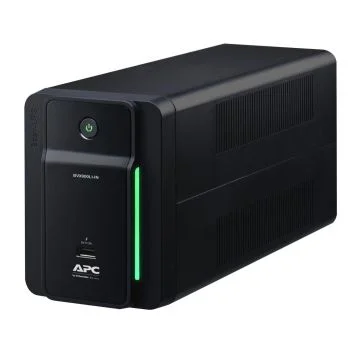
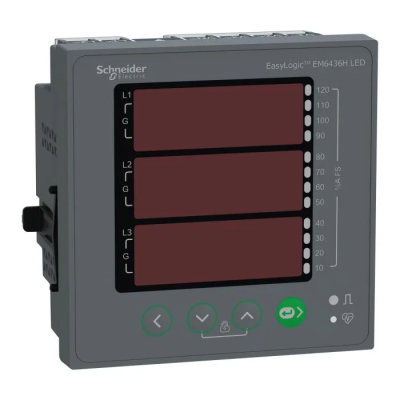
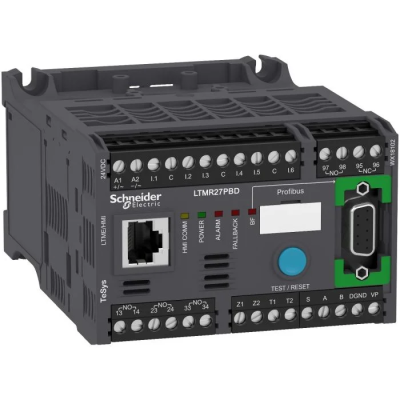
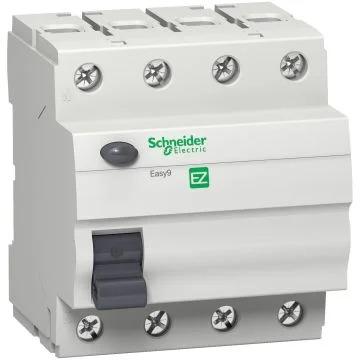
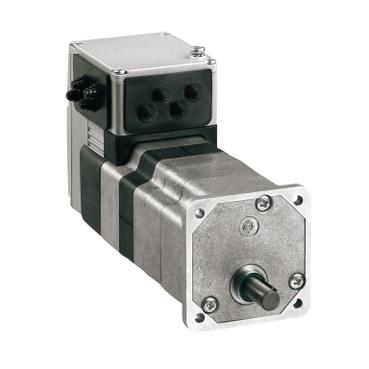
Comments